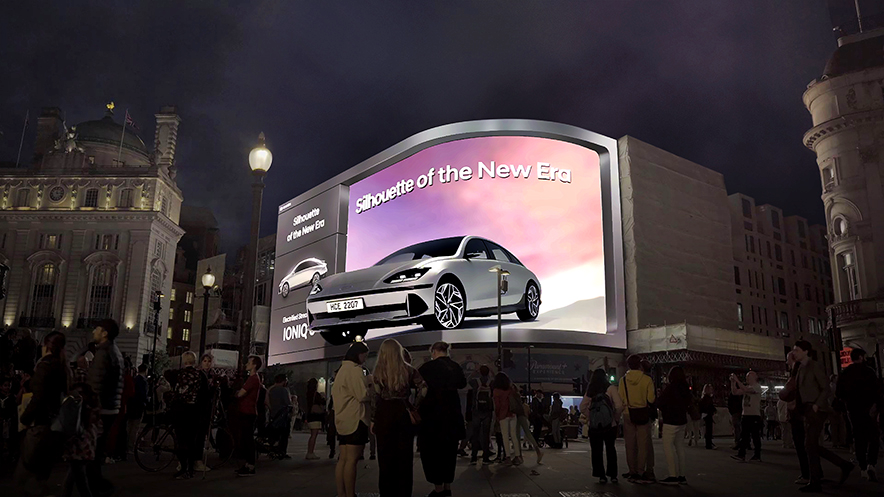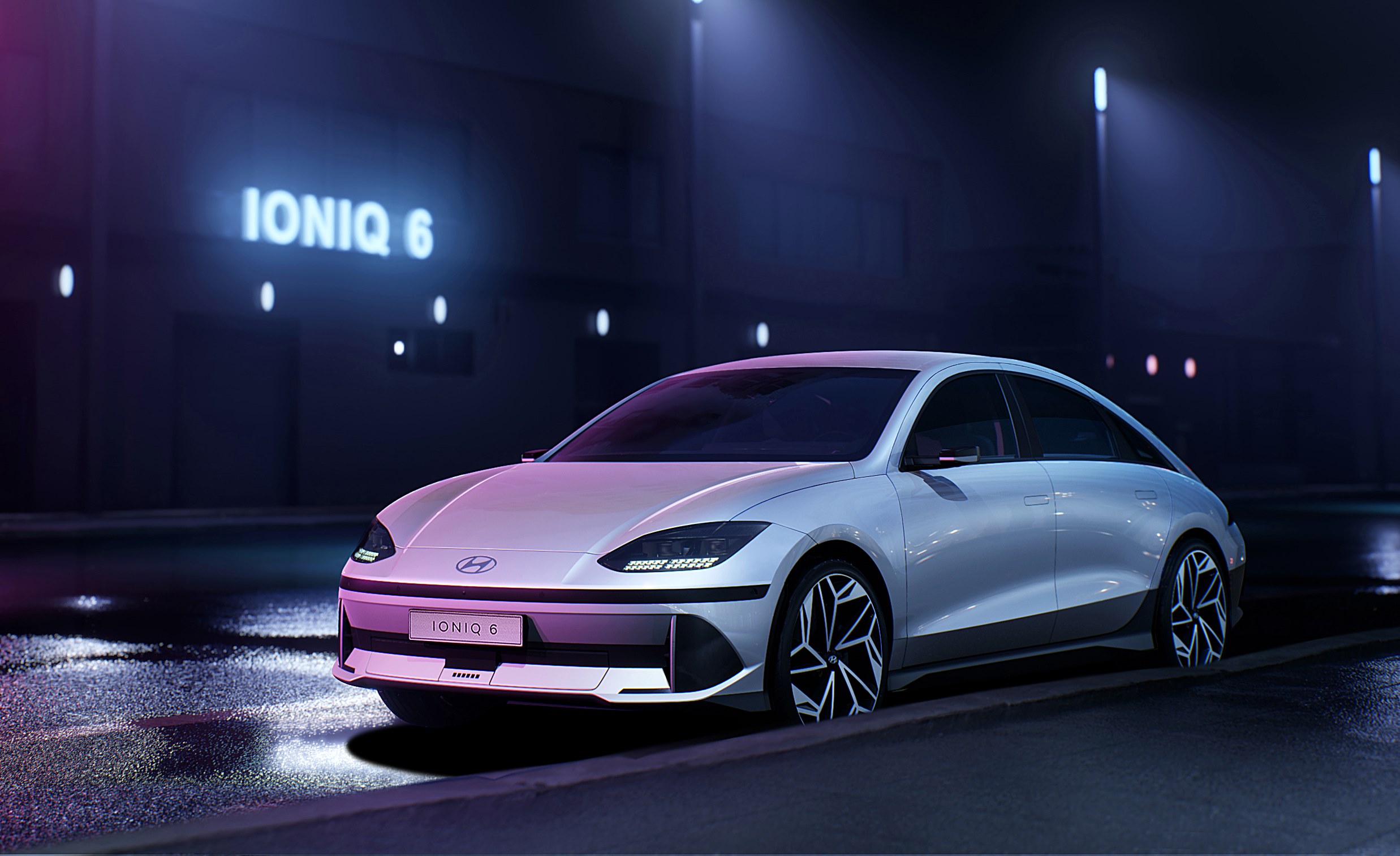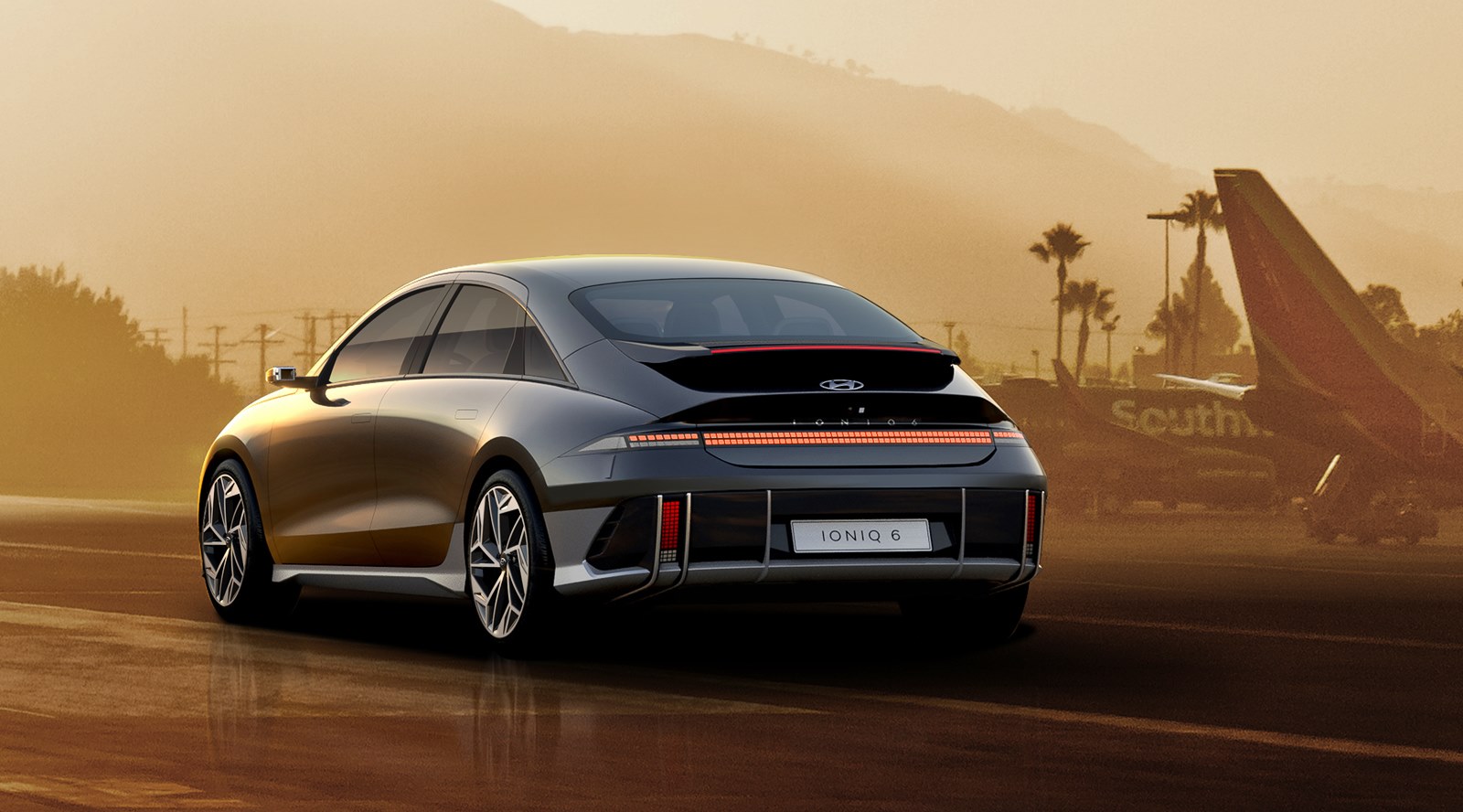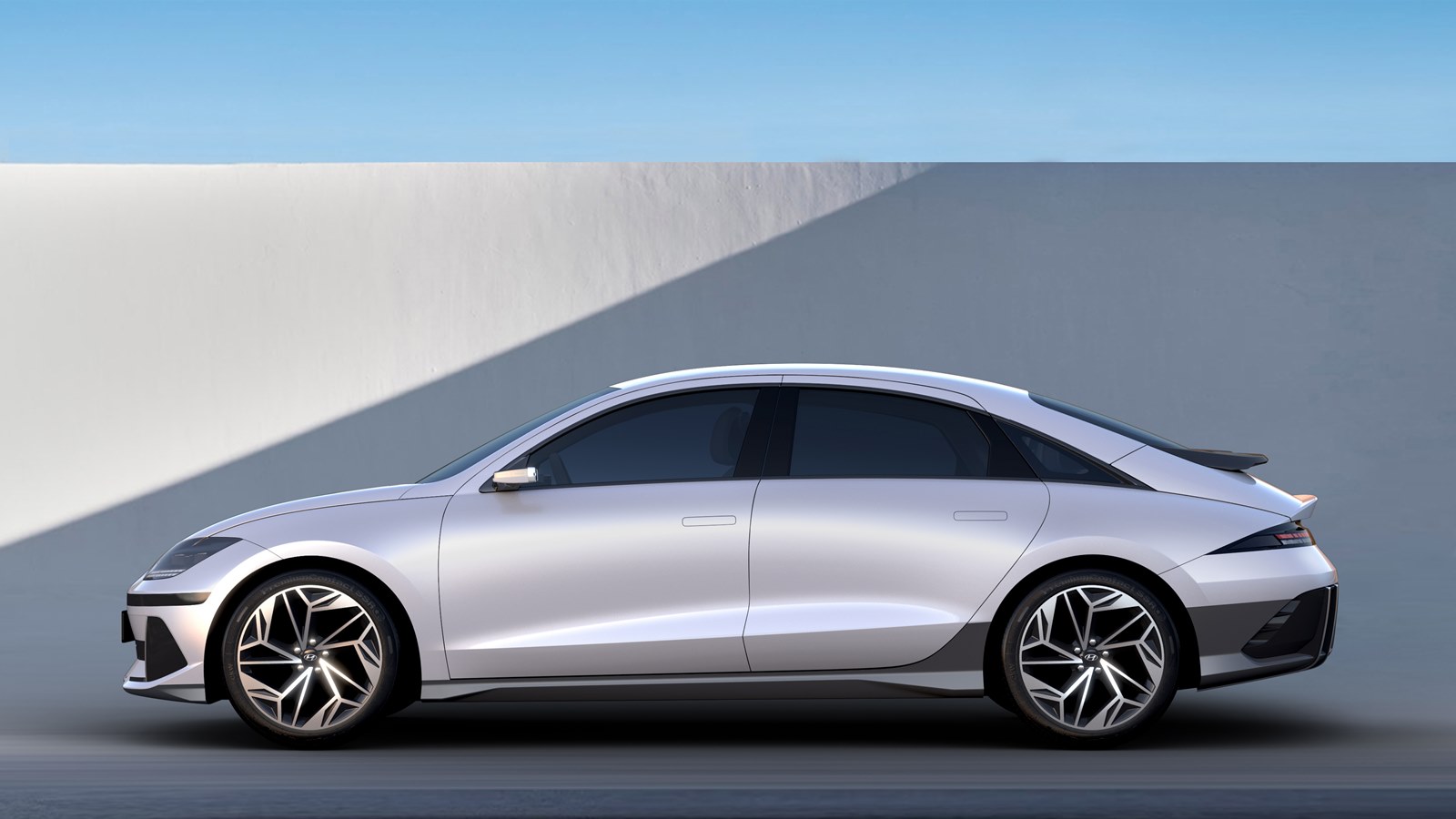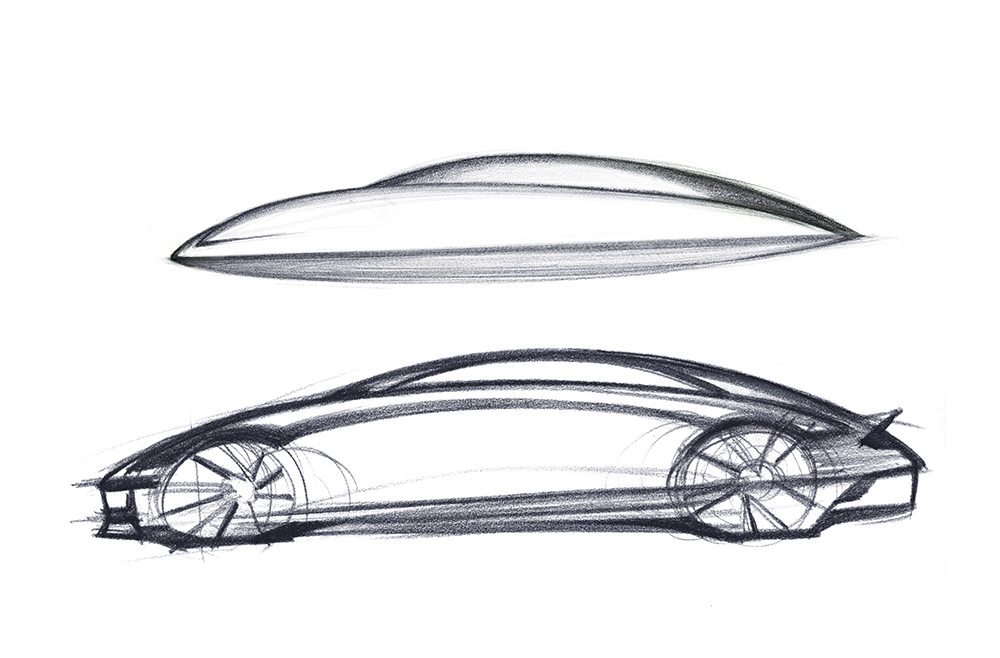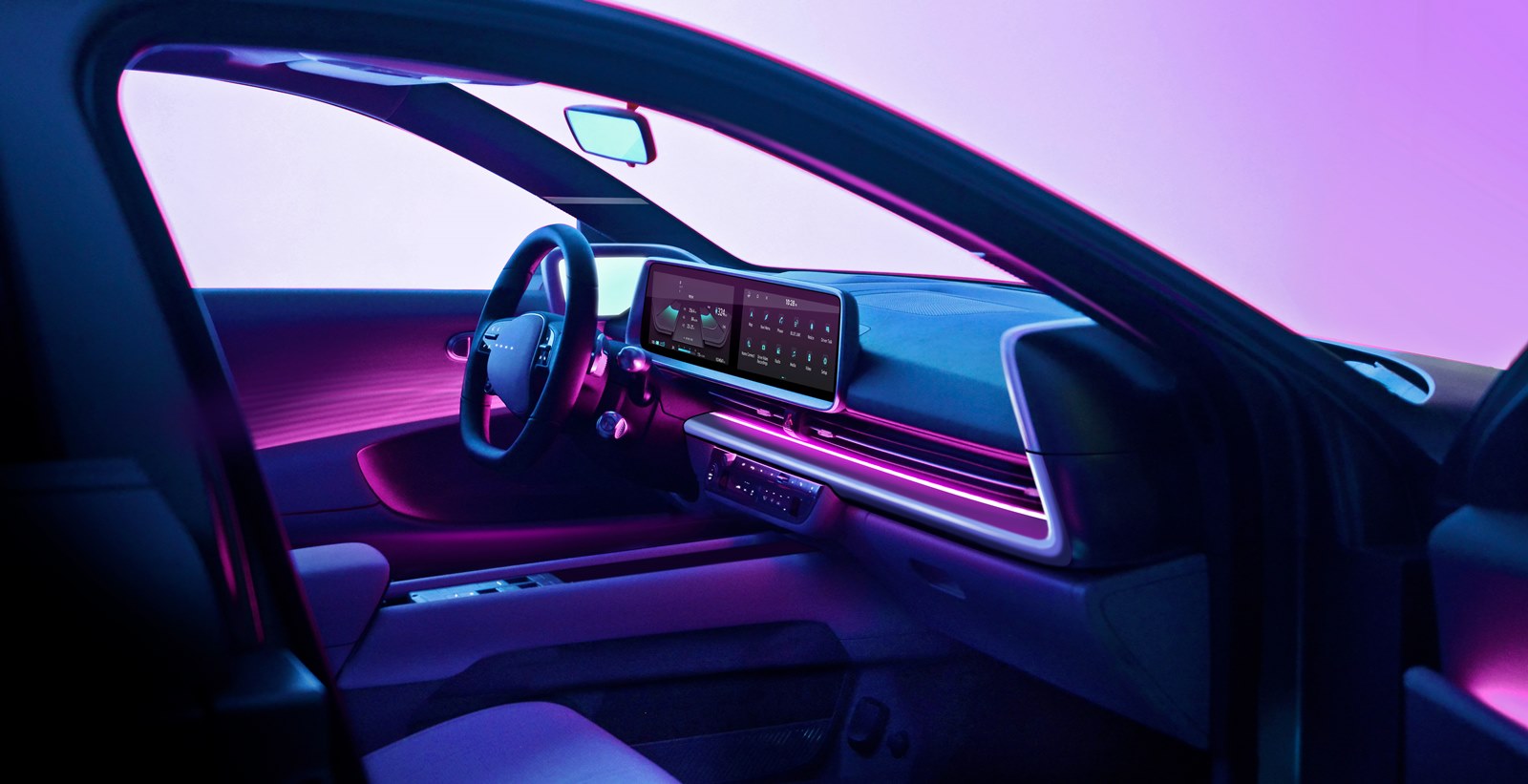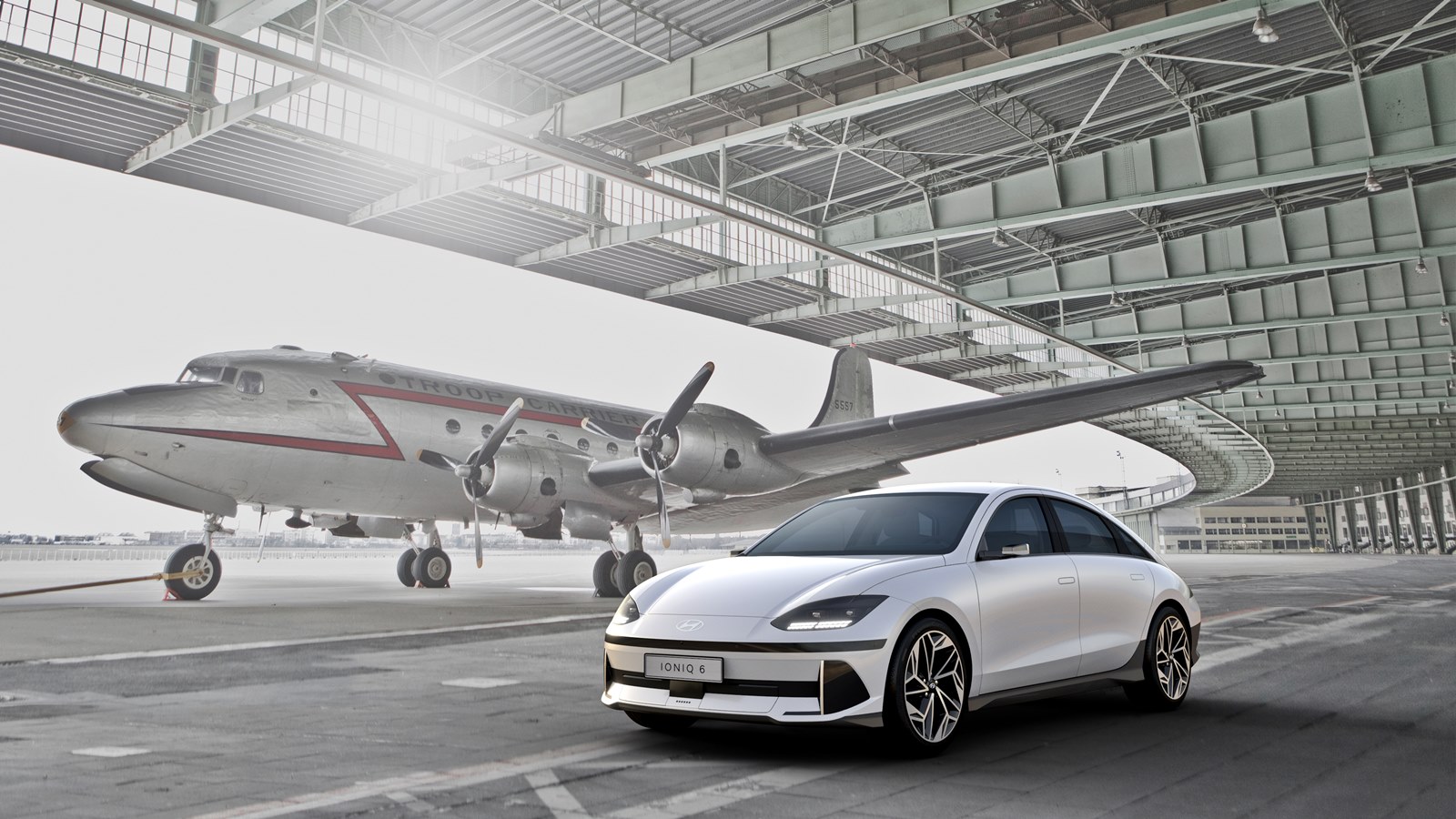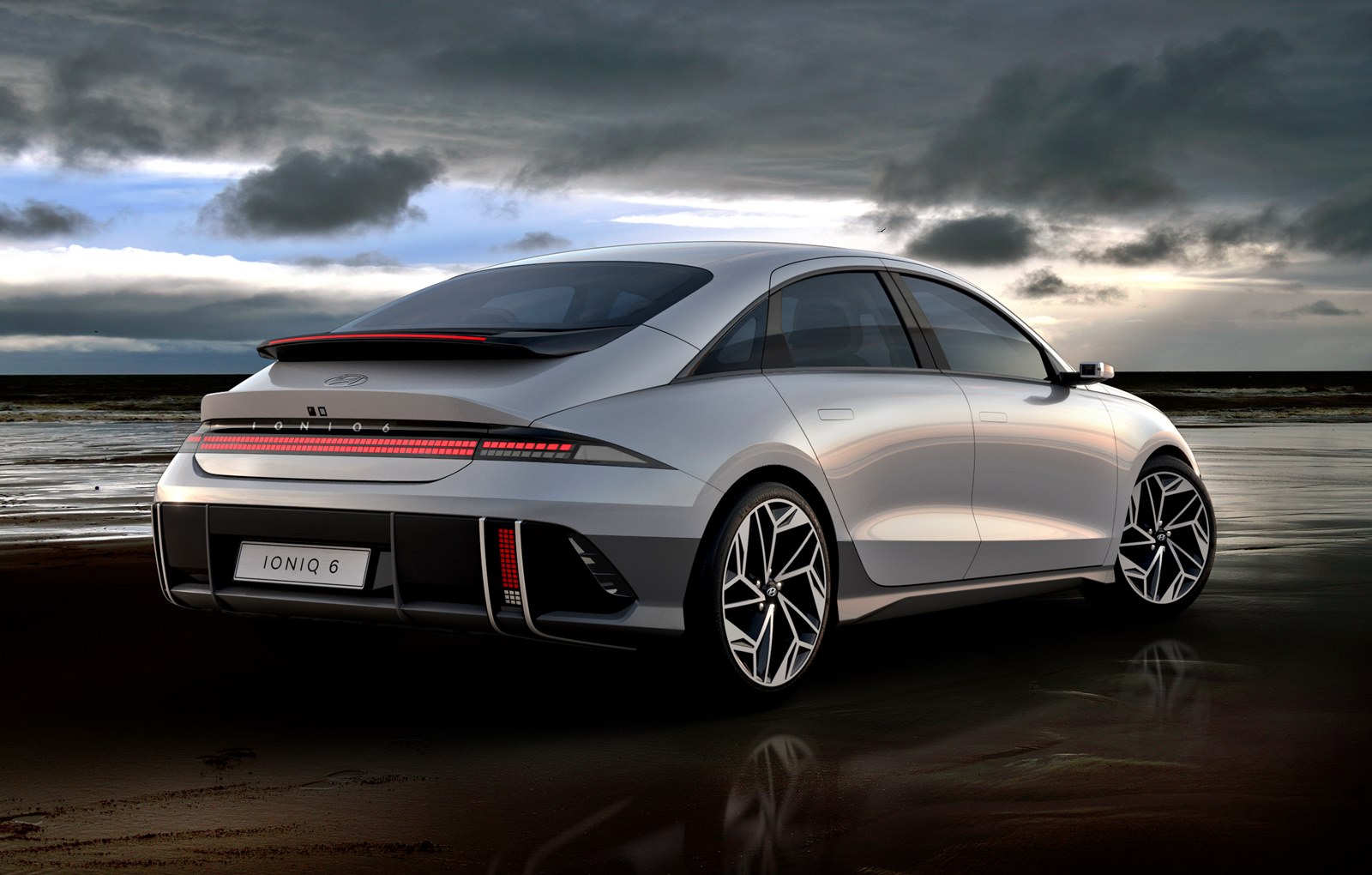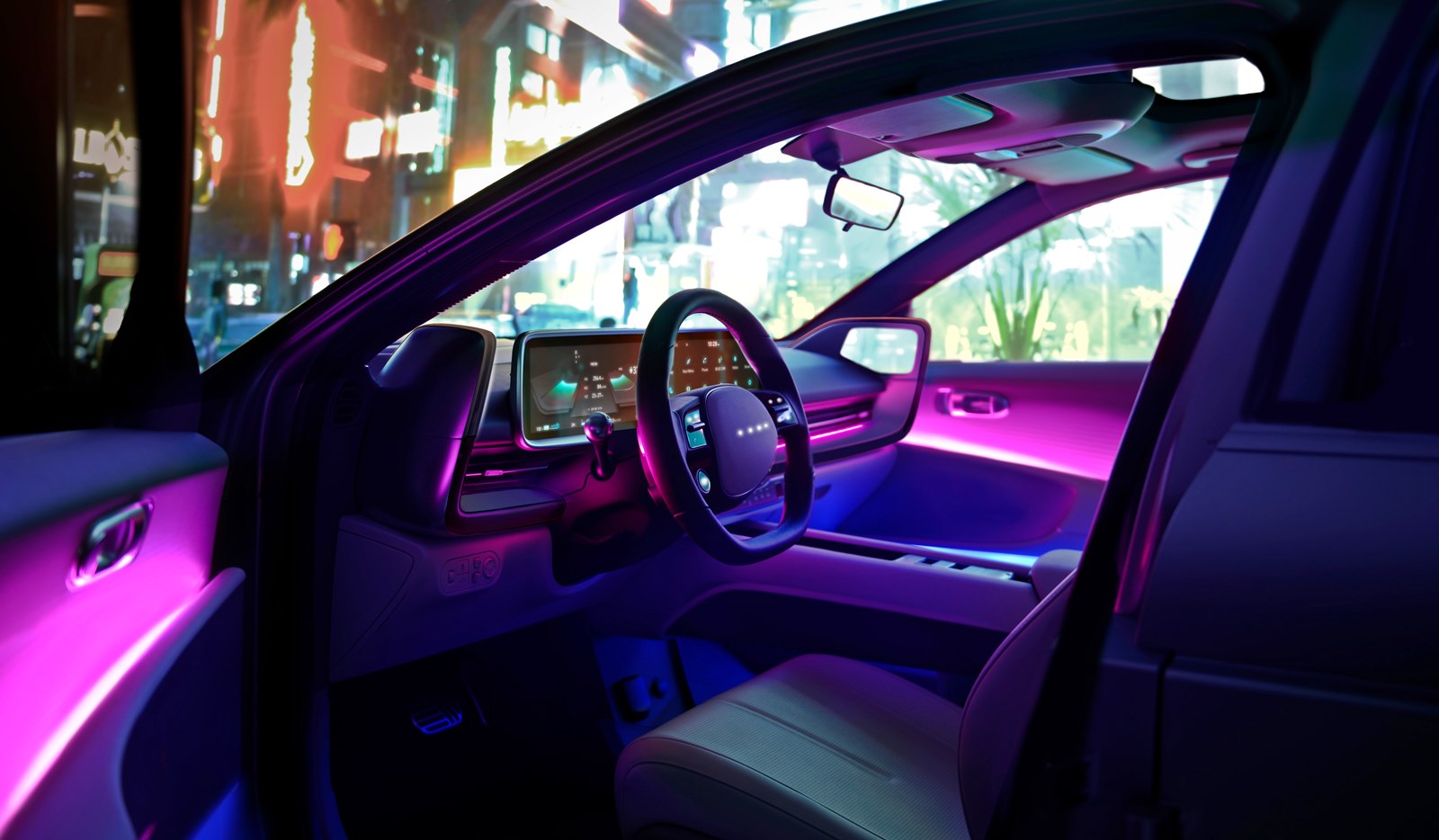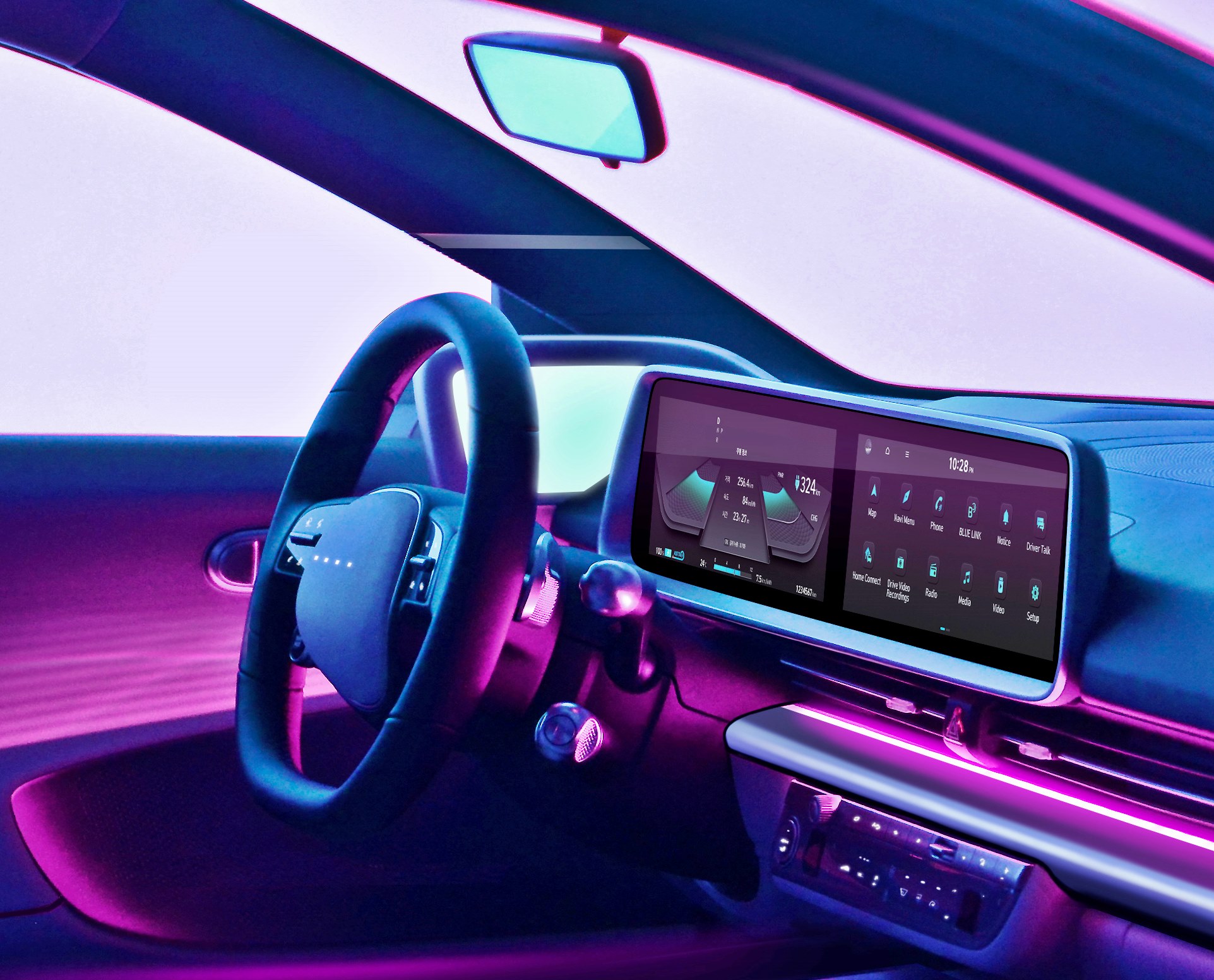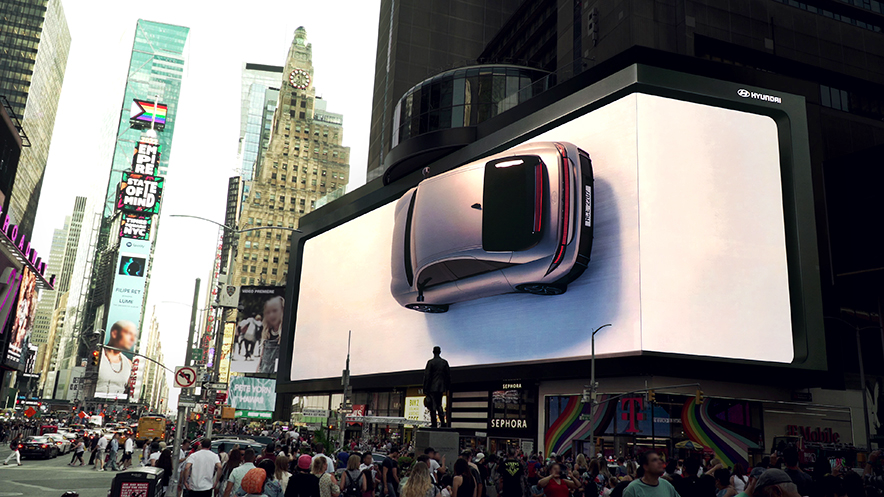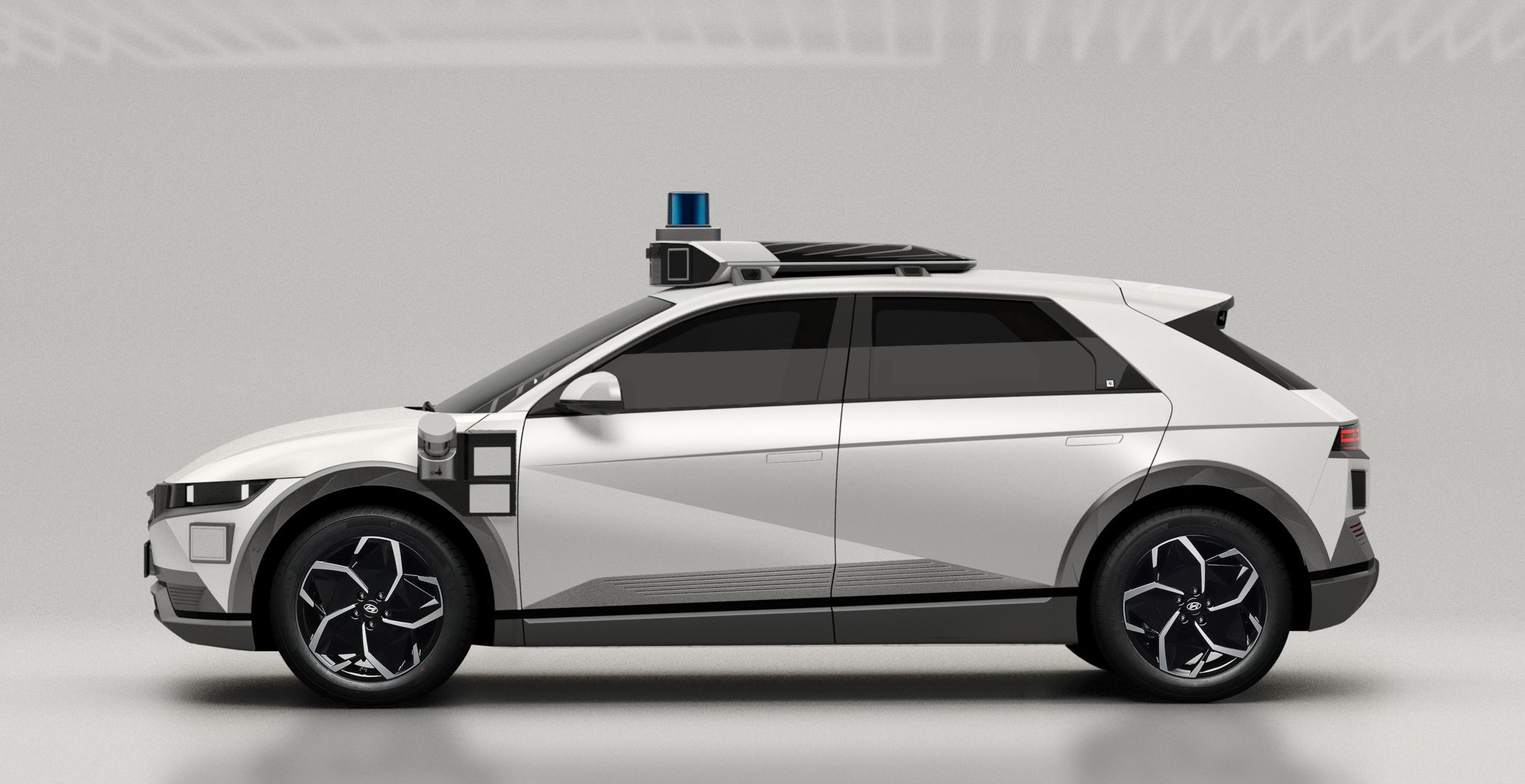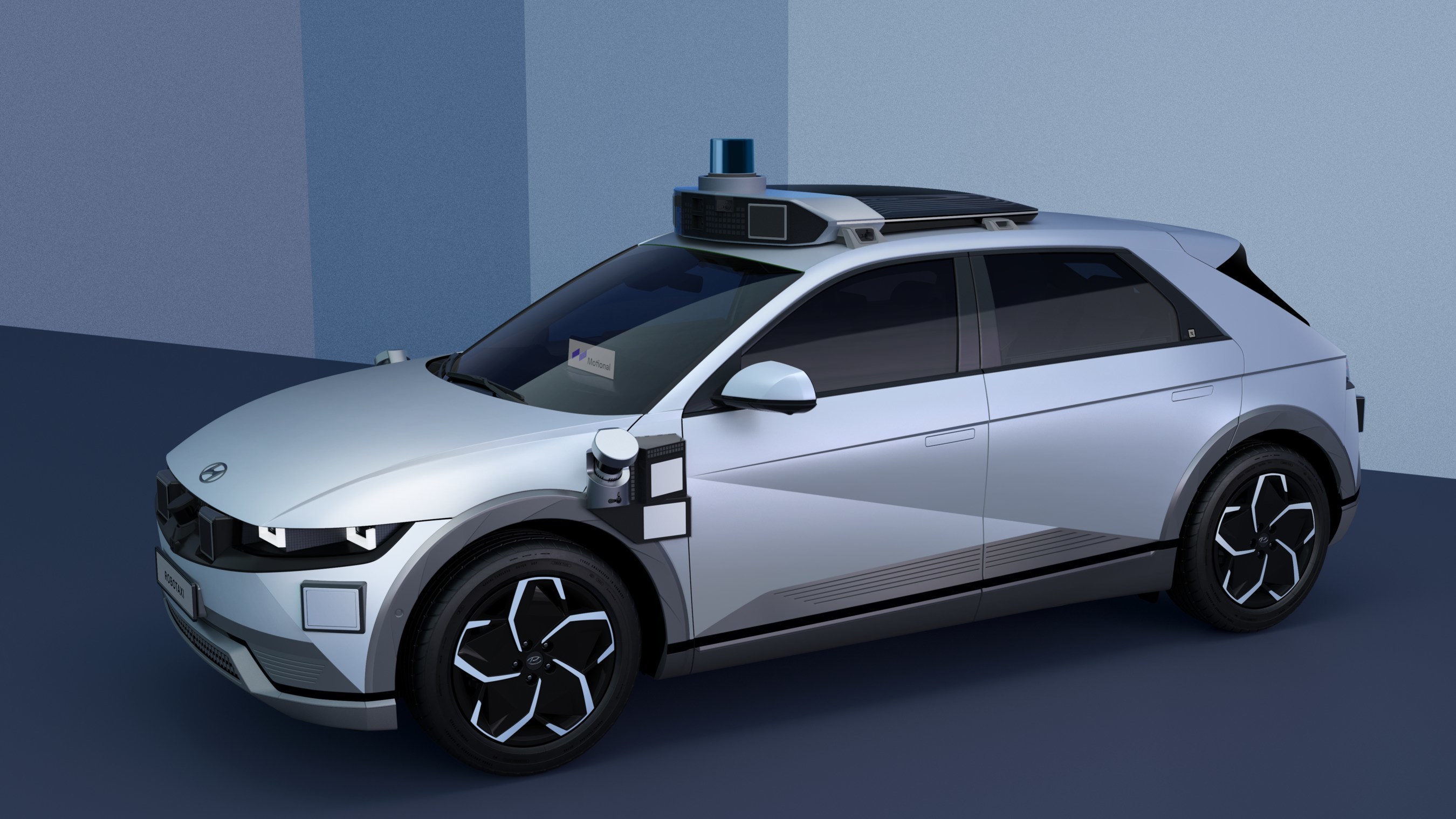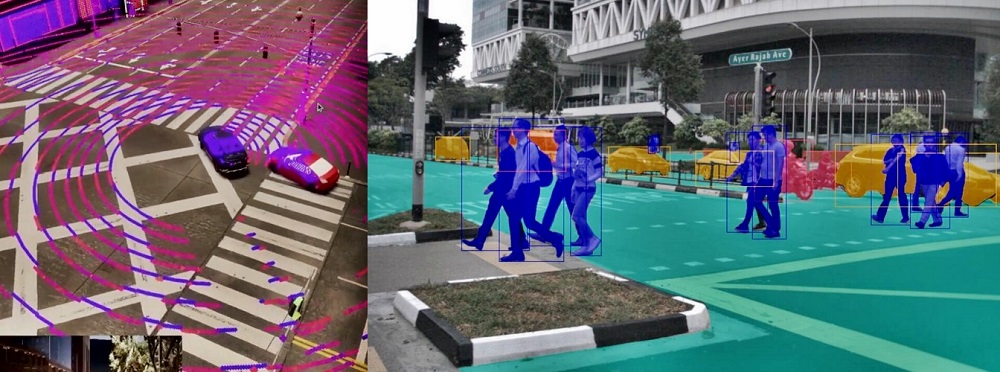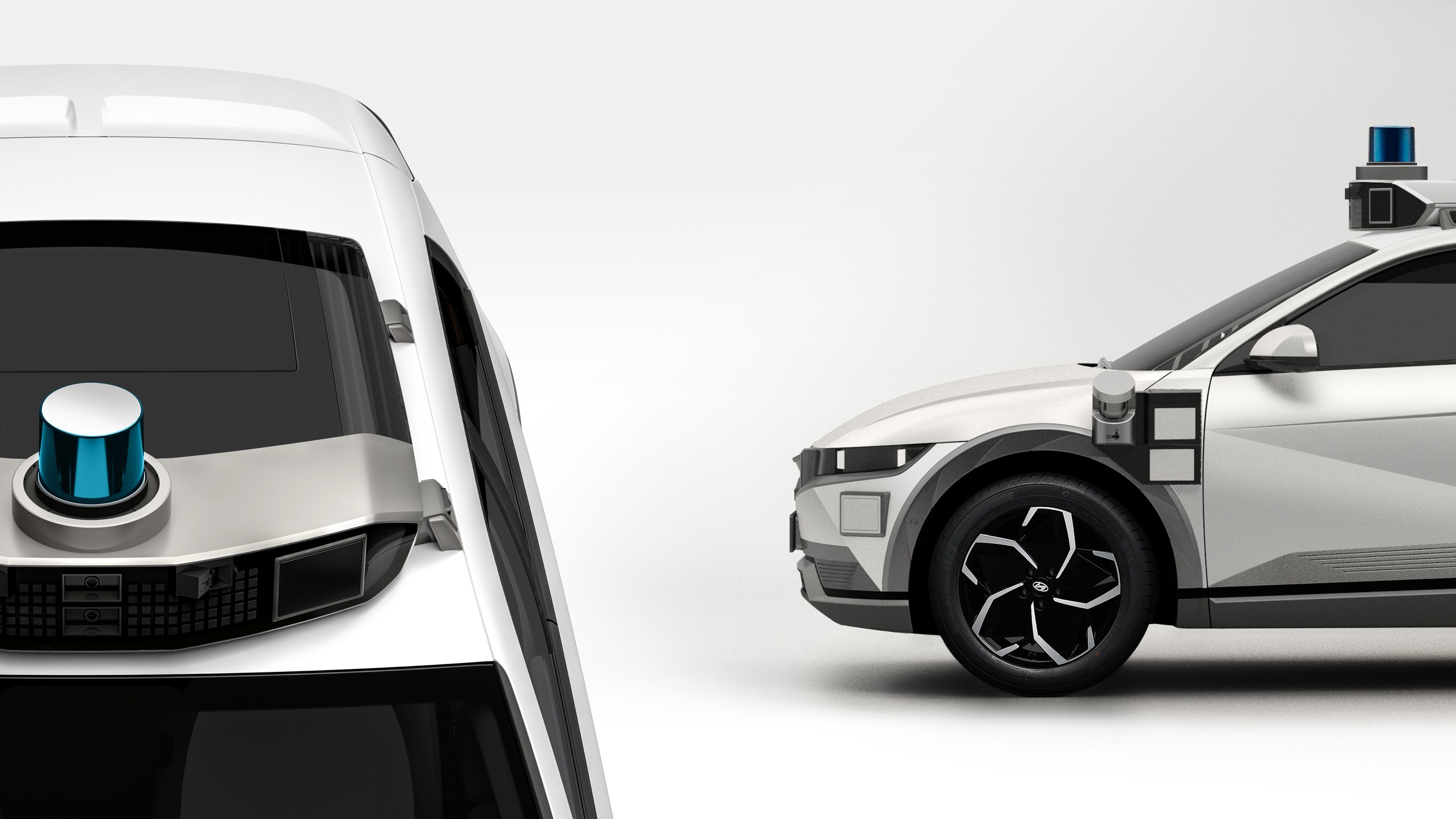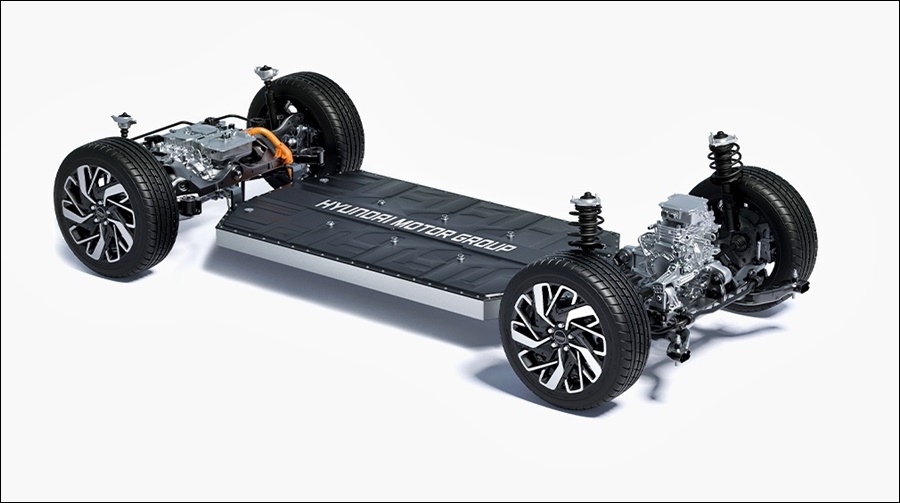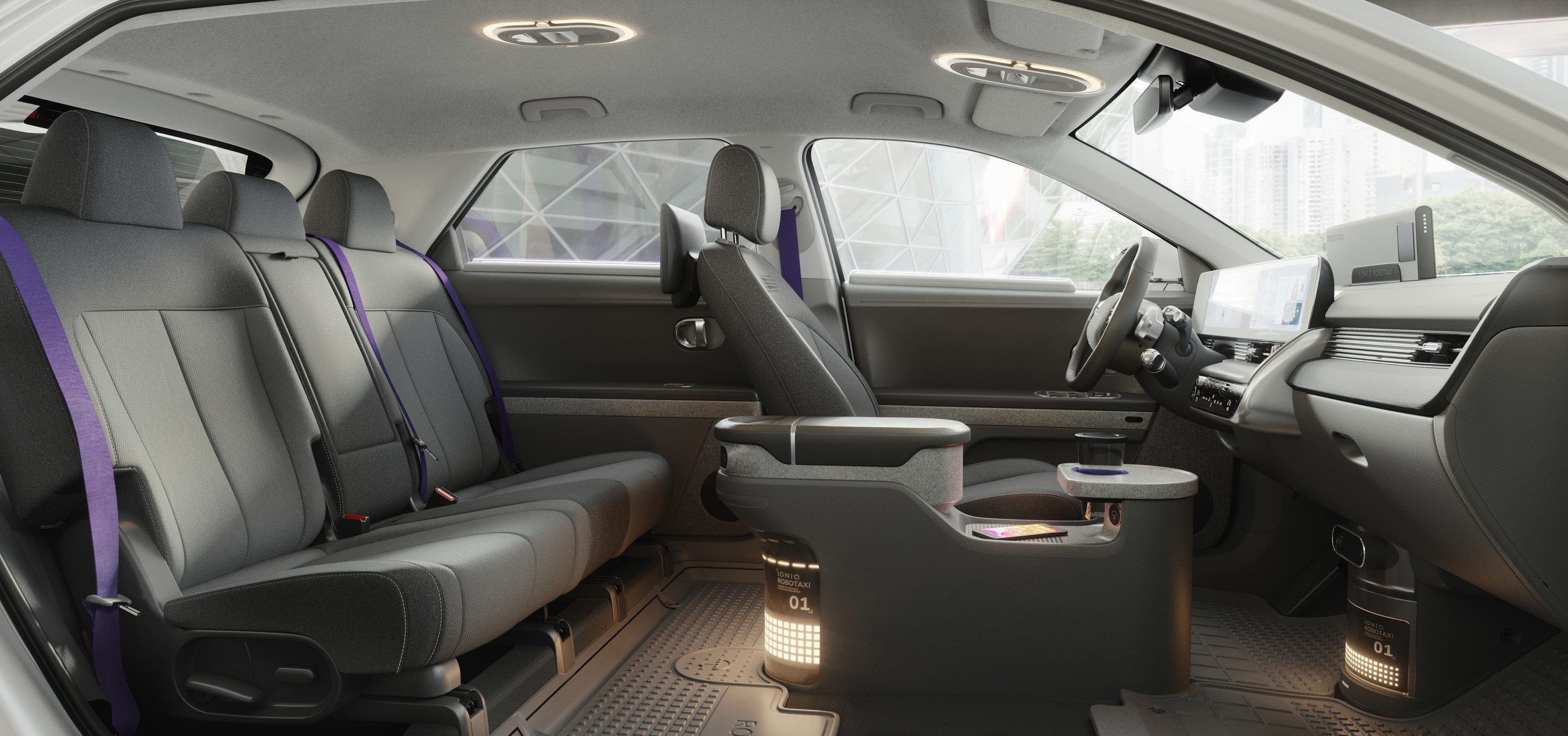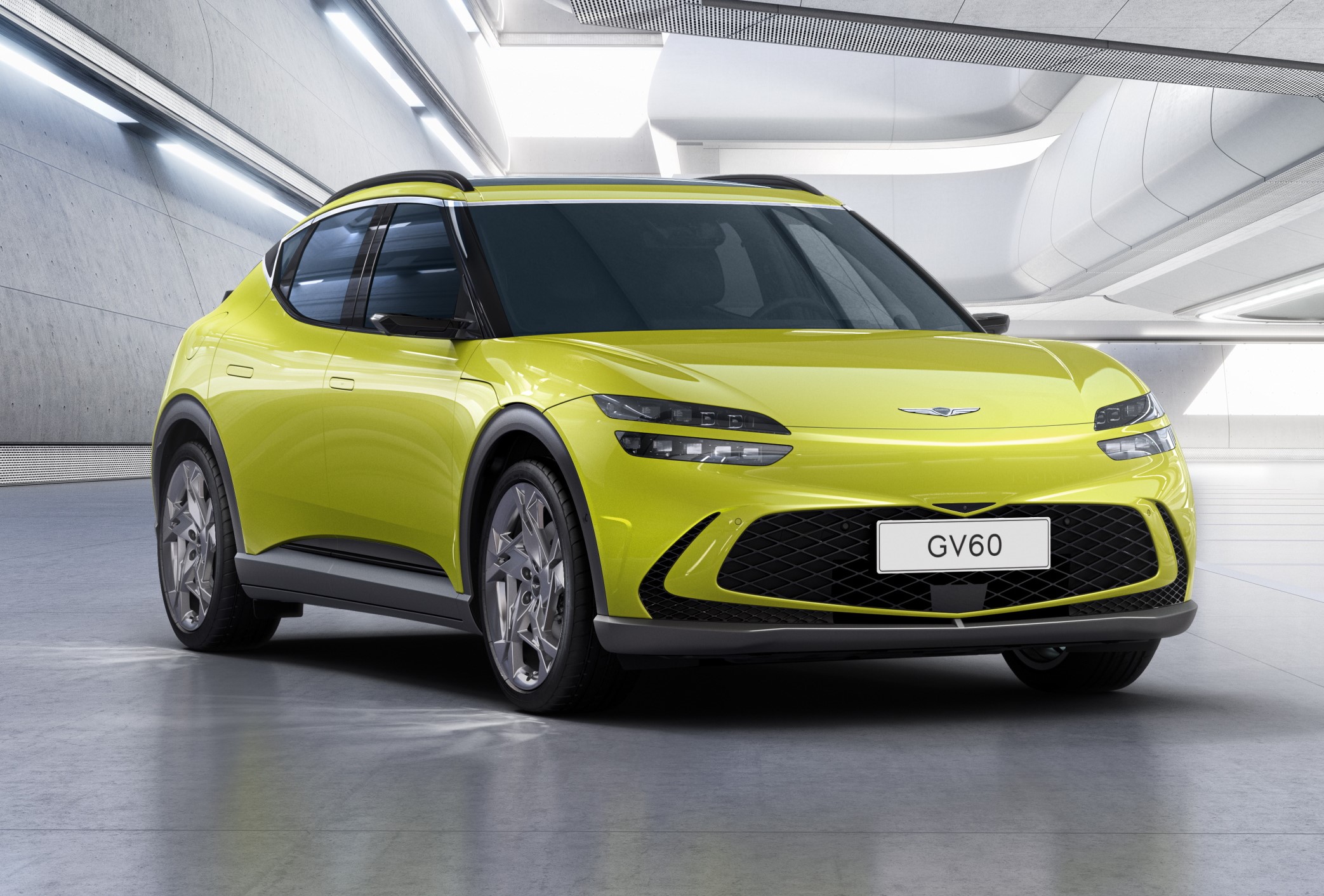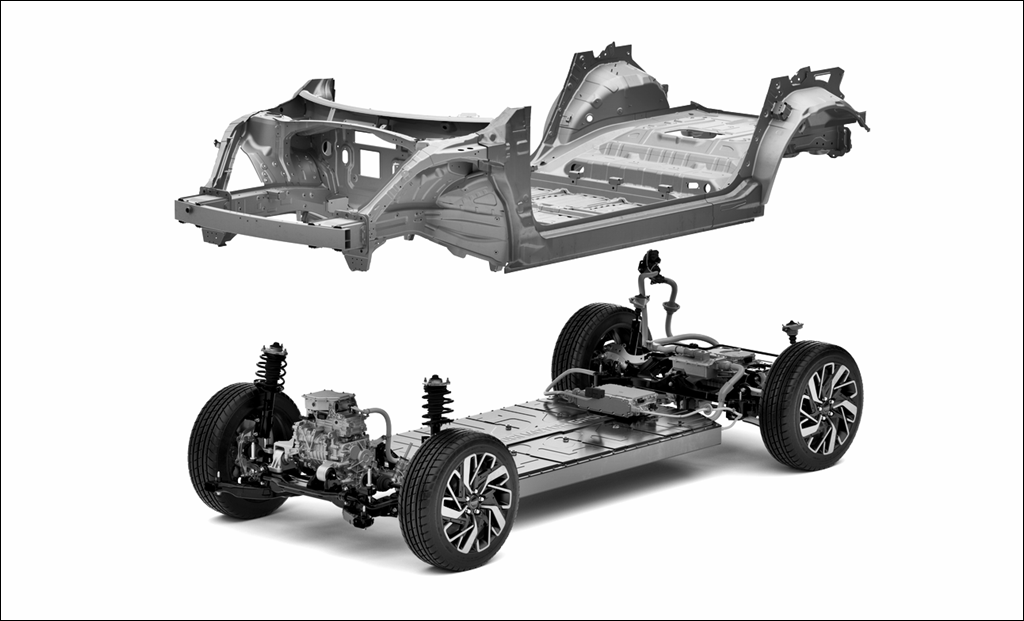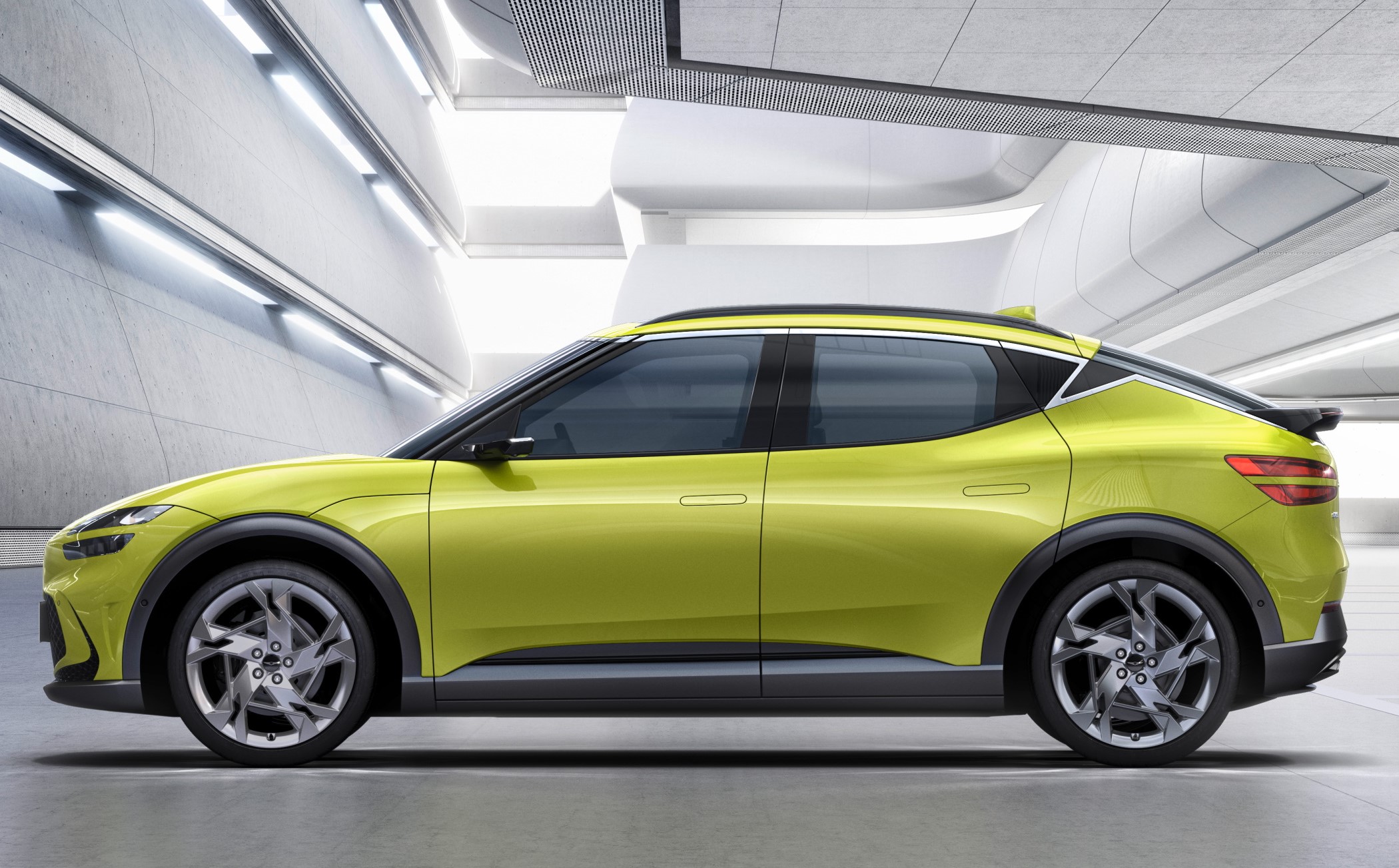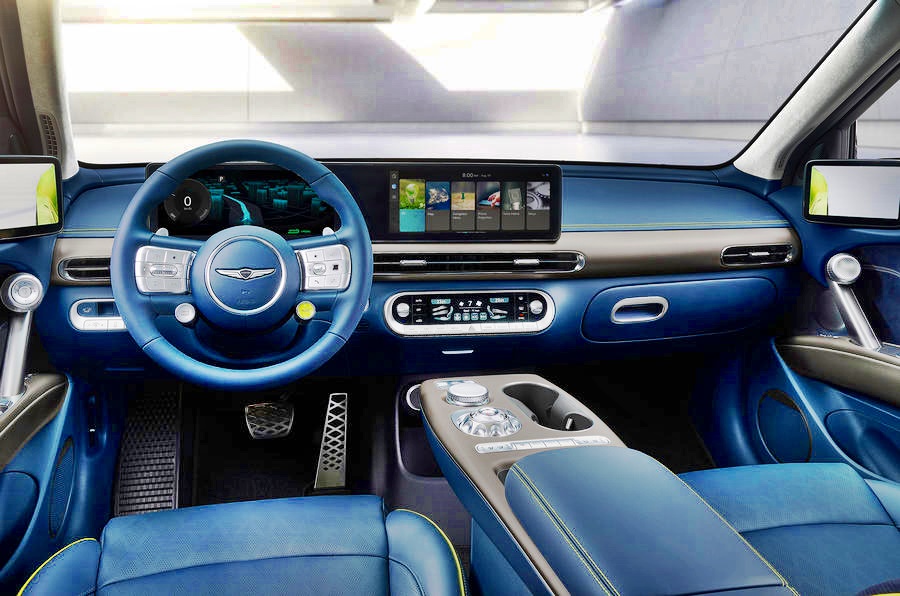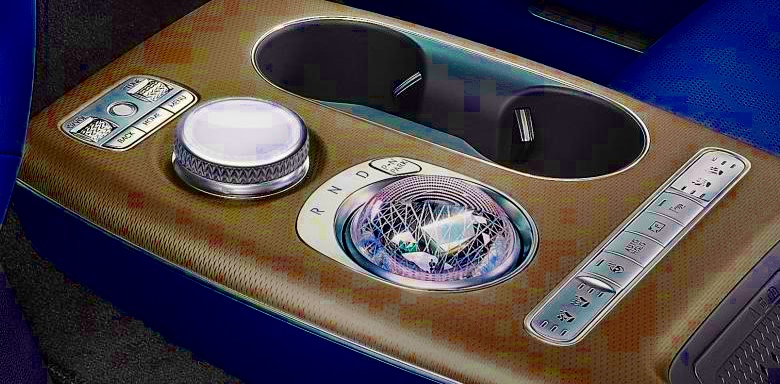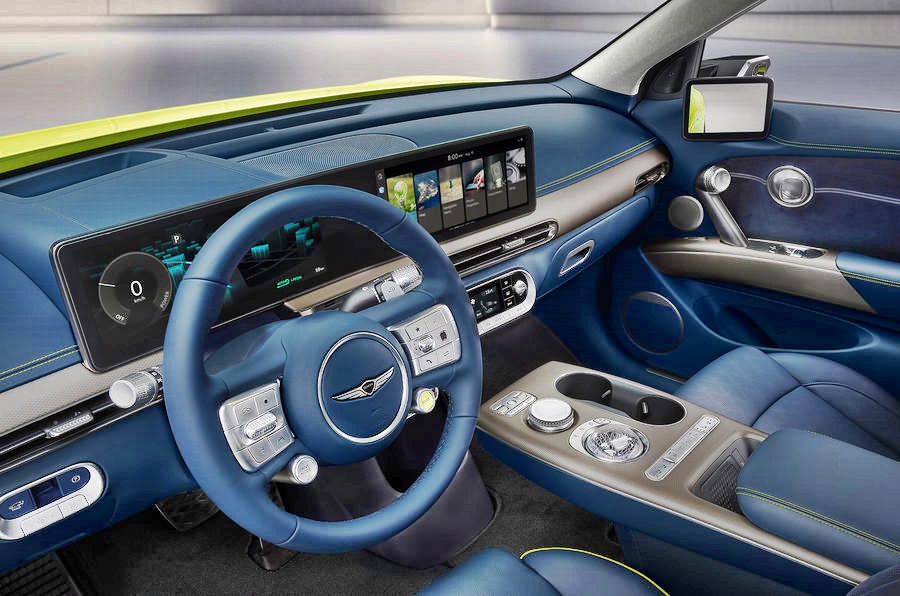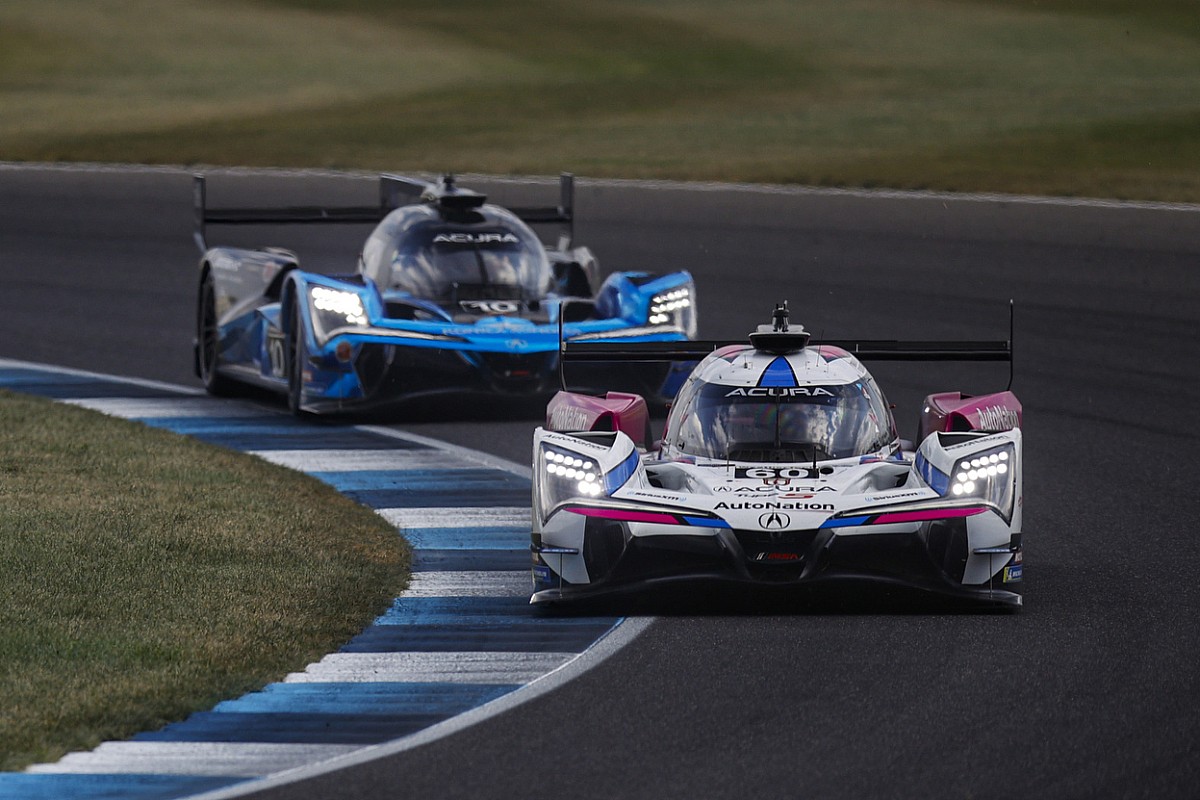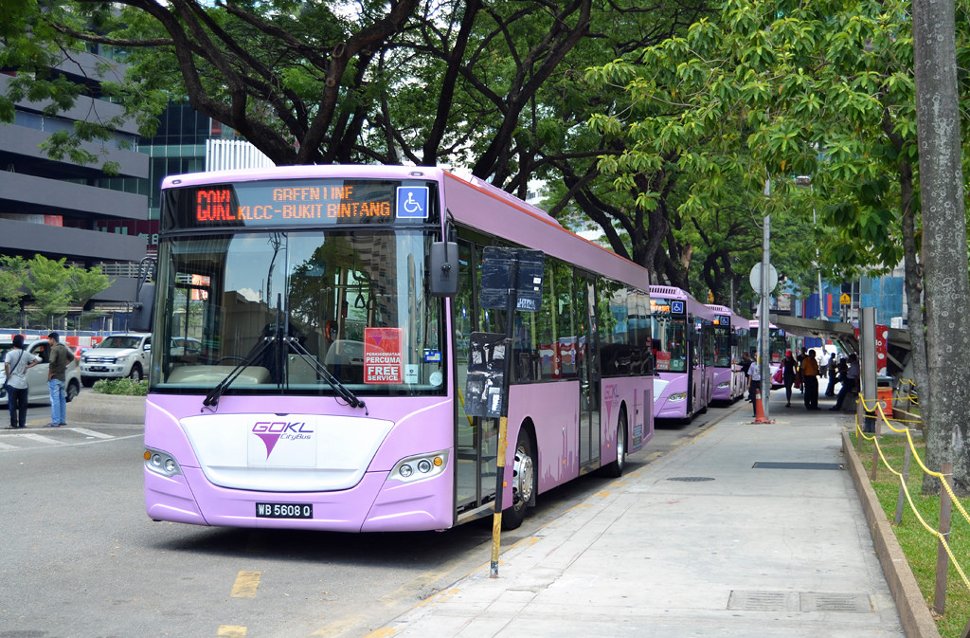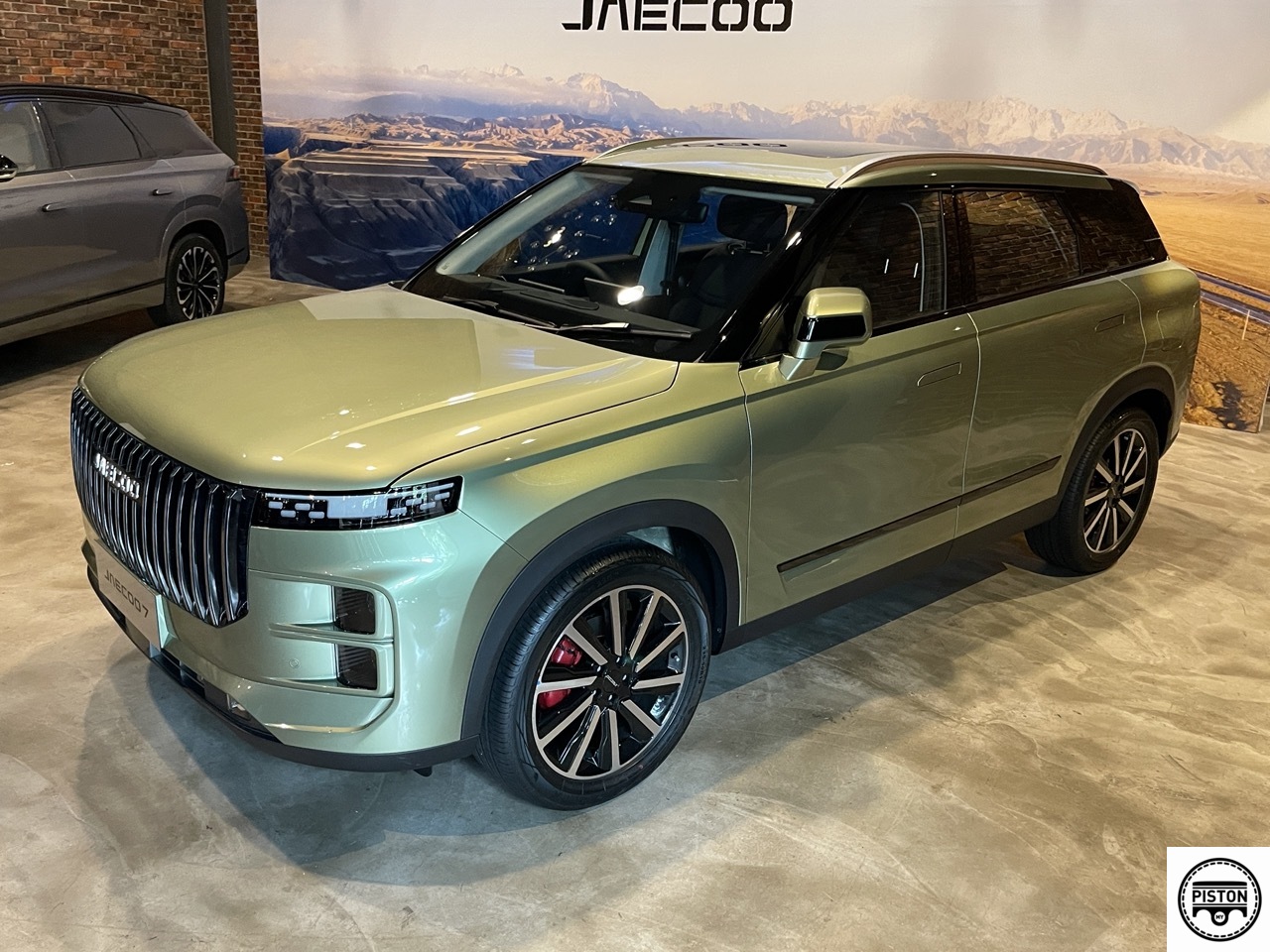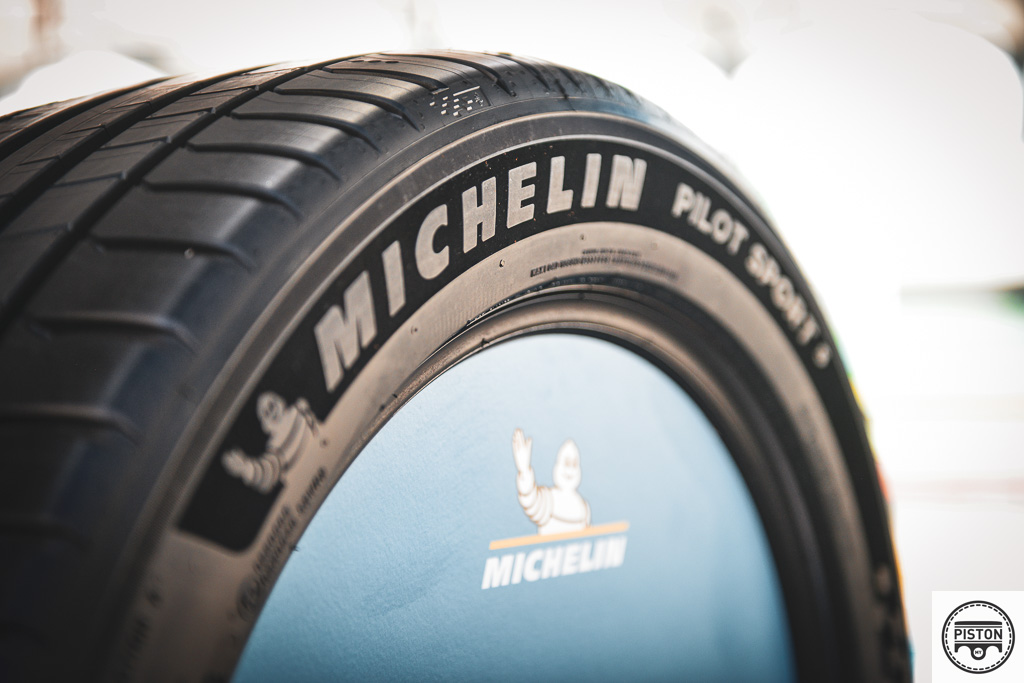The IONIQ name began as a model name in Hyundai Motor’s range. And it also had an interesting approach as Hyundai offered a choice of three types of powertrains in the same body – combustion engine, hybrid or battery electric. In 2020, however, the company decided to make ‘IONIQ’ (a combination of ‘ion’ and ‘unique’) a sub-brand that would be used for purely electric models.
The IONIQ brand started off with the IONIQ 5 in 2021, a C-segment SUV that was based on the 45 EV concept shown in 2019. The IONIQ 5, the first model built on Hyundai Electric Global Modular Platform (E-GMP), has been very well received and even chosen as the 2022 World Car of the Year.
Second of three models
When Hyundai announced the creation of the sub-brand in 2020, it said that it would come out with three new models and now, after the IONIQ 5, comes the IONIQ 6. It is adapted from the Prophecy concept car and is described as an ‘Electrified Streamliner’ with its aerodynamically sculpted form.
The clean, simple lines and a pure aerodynamic form present ‘Emotional Efficiency’ and the streamliner typology and mindful cocoon-like interior embody a silhouette for the new era of electric mobility. The unique design language has been used to pursue energy efficiency and sustainable material usage.
“IONIQ 6 connects an emotional convergence of functionality with aesthetics,” said SangYup Lee, Executive Vice-President and Head of Hyundai Design Centre. “The distinctive streamlined design is the result of close cooperation between engineers and designers, with obsessive attention to detail and customer-centric values at the core. We have created the IONIQ 6 as a mindful cocoon that offers personalized places for all.”
Human-centric design
As with most cars, the human-centric basis was set from the start, with the interior space developed simultaneously with the exterior form. Efforts were made to maximize and optimize the interior space, stretching it at the front and rear, resulting in a unique streamliner silhouette and spacious interior.
Like the IONIQ 5, this new model uses the Hyundai Look design strategy that gives each model a unique appearance, like chess pieces. By taking a customer-centric direction, Hyundai designs with diverse lifestyles in mind rather than with a one-style-fits-all approach.
Sleek and functional aesthetics
The IONIQ 6’s form has an impressively low drag coefficient of just 0.21 Cd. This is achieved by assisted by its low nose, active air flaps at the front, wheel gap reducers, and slim digital side mirrors.
Also contributing to reduced resistance is its elliptical wing-inspired spoiler with winglet, slight boat-tail structure, and separation traps on both sides of the rear bumper. On the underside of the car, a flat surface is evident with a full cover, optimized deflectors and reduced wheel-arch gap.
Parametric Pixels are the IONIQ brand’s identity and there are over 700 of them in various places on the bodywork as well as within. These include the headlamps, rear lamps, front lower sensors, air vent garnishes and centre console indicator.
The rear wing’s Parametric Pixel High-Mounted Stop Lamp (aka third brake light) has an eye-catching light execution when the brakes are applied. To further highlight the IONIQ 6’s uniqueness, a newly designed Hyundai ‘H’ badge is applied on the front and rear of the vehicle.
Personal space on wheels
The cocoon-shaped interior serves as both a comfortable hideaway and personal space, replete with practical features and sustainable materials to facilitate a mindful, eco-friendly mobility experience and lifestyle.
The Electric Global Modular Platform, optimised for electric vehicles, enabled the designers to stretch the interior, front and rear. This maximises legroom and spaciousness, with a completely flat floor giving expansive feeling.
The user-centric interior architecture is exemplified by an ergonomically designed control unit that is centrally located to reduce distraction and support safe, intuitive driving. The modular touchscreen dashboard integrates a 12-inch full-touch infotainment display and 12-inch digital cluster. A bridge-type centre console provides convenient and generous in-car storage.
Dual Colour Ambient Lighting provides overall illumination for IONIQ 6 interior. Users can choose from a spectrum of 64 colours and 6 dual colour themes developed by experts to help drivers and passengers feel relaxed and comfortable. The 4-dot Interactive Pixel Lights on the steering wheel enable easy communication between the driver and vehicle.
The removal of buttons from the front doors provides extra elbow space as well as adds storage capacity. Transparent accents on the crash pad garnish, door map pocket and console lower cover further accentuate the sense of spaciousness and uniqueness.
Eco-friendly materials
In line with the IONIQ 6’s Ethical Uniqueness theme and inspired by today’s eco-conscious consumers, the designers applied sustainable materials to the exterior, including recycled pigment paint from end-of-life tyres to the cladding and bamboo charcoal pigment paint to the body.
The interior is also trimmed in sustainable materials and colours. These include eco-process leather (seats), recycled PET fabric (seats), bio TPO skin (dashboard), bio PET fabric (headliner), bio paint derived from vegetable oils (doors), and recycled fishing net carpet — the latter a first for the IONIQ brand.
Technical details have not been released yet as the midsize model, likely to take over the place of the Sonata in future, will be officially launched later this month. The IONIQ 7 will likely be a larger crossover and make its debut in 2024.
Hyundai to use new Integrated Modular Architecture for all future BEV models


